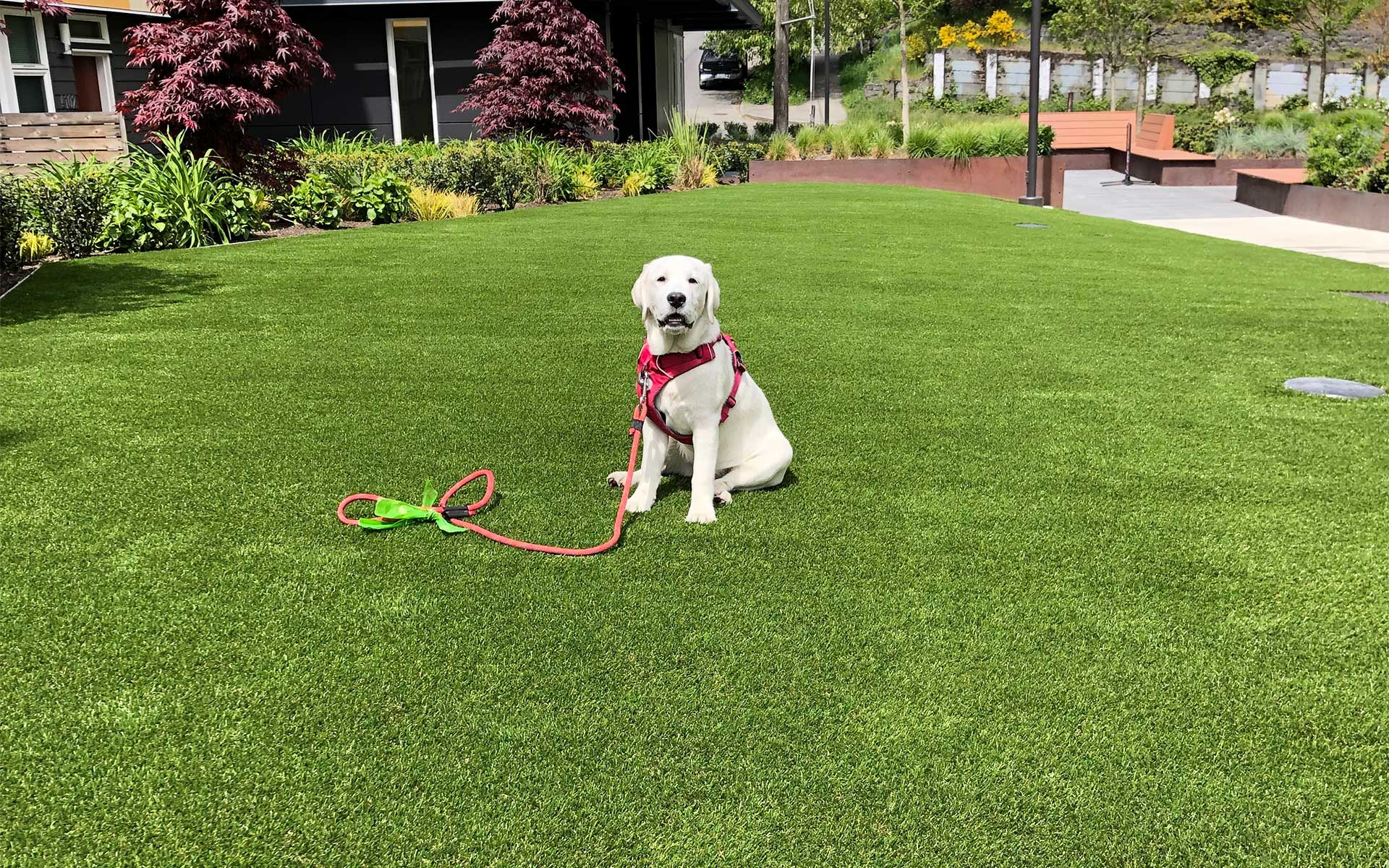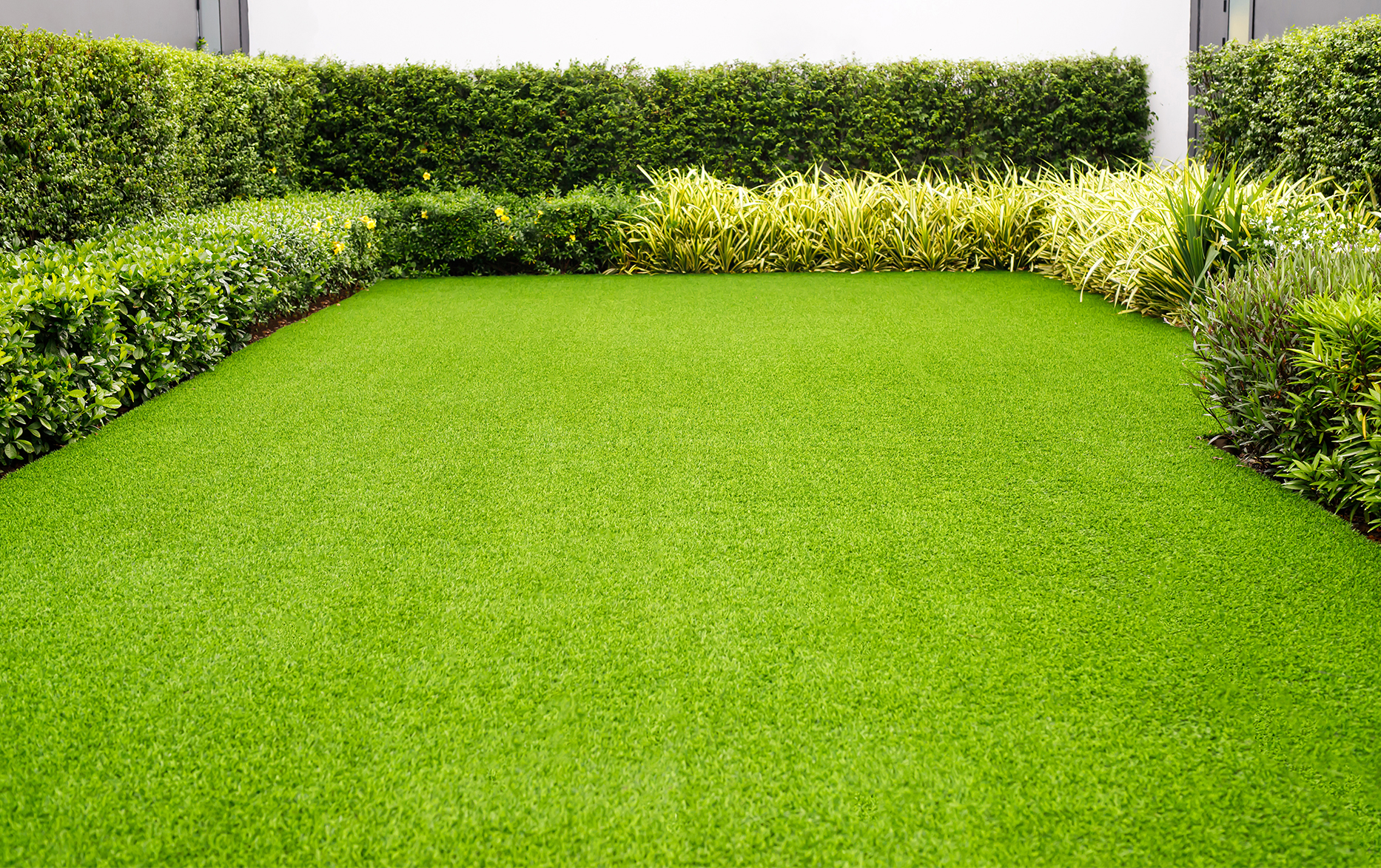Explore the Environmental Advantages of Opting for Artificial Turf Solutions
The fostering of man-made turf services provides an engaging possibility to attend to pressing ecological obstacles. By substantially lowering water use and lessening the application of unsafe chemicals, these alternatives not just promote lasting landscape design yet also secure regional environments.
Water Conservation Conveniences
Among the most substantial advantages of man-made lawn is its ability to save water. Standard turf yards need significant irrigation, especially in areas susceptible to drought or water limitations. In comparison, artificial grass does not need watering, dramatically minimizing the total demand for water sources. This function is particularly useful in arid areas where water shortage is a pushing issue.
By removing the need for normal watering, fabricated grass adds to sustainable landscape methods and assists mitigate the ecological effect of too much water consumption. Moreover, the conservation of water expands to the decrease of runoff, which can result in soil disintegration and river air pollution.
Additionally, the setup of artificial turf permits districts and property owners to designate water resources much more successfully, concentrating on essential usages such as alcohol consumption water and agriculture. The shift in the direction of synthetic grass not just advertises accountable water use but additionally aligns with broader environmental objectives targeted at preserving natural sources.
As communities progressively focus on sustainability, the water conservation advantages of synthetic grass offer an engaging instance for its adoption in commercial and residential landscaping projects.
Decreased Chemical Usage
The shift to man-made lawn substantially decreases the dependence on chemical treatments commonly used in natural turf upkeep. Typical grass monitoring typically involves the application of fertilizers, herbicides, and pesticides to promote growth and control insects. These chemicals can position threats to human wellness, local wildlife, and the setting, adding to soil and water contamination.
In comparison, man-made turf eliminates the need for these harmful materials. By decreasing the release of synthetic compounds into the ecosystem, man-made grass advertises healthier soil and water systems.
In addition, the lack of chemical overflow related to synthetic grass installments assists secure neighborhood waterways from pollution, supporting aquatic life and maintaining biodiversity. Arizona artificial turf. As communities increasingly focus on sustainable techniques, choosing for synthetic grass provides a feasible service that aligns with environmental conservation goals. With this shift, property owners can take pleasure in rich environment-friendly rooms without compromising eco-friendly wellness, leading the way for an extra lasting future
Lower Carbon Footprint

Moreover, the installment of synthetic grass can lead to considerable water preservation. All-natural grass call for considerable amounts of water for watering, which not just adds to the carbon footprint connected with water extraction and treatment yet likewise stress local water sources. On the other hand, man-made grass requires minimal maintenance, requiring no watering, consequently dramatically reducing water use and its associated power expenses.
In addition, the durability of synthetic grass adds to its decreased carbon impact. With a life-span of up to 15 years or more, the need for regular replacements is lessened, leading to much less waste and lower power usage in production and getting rid of typical turf choices. On the whole, synthetic turf provides a sustainable choice for eco mindful landscaping.
Habitat Preservation
Habitat preservation is a crucial consideration in the dispute over landscape design options, especially when contrasting man-made lawn to natural turf. Natural lawn yards usually require considerable maintenance, consisting of making use of plant foods, herbicides, and pesticides, which can detrimentally impact neighborhood ecosystems. These chemicals can seep right into the dirt and rivers, harming native flora and animals and interfering with regional habitats.
In comparison, fabricated visit homepage lawn presents a chance to lower the environmental footprint of landscaping. By choosing for synthetic turf, house owners can reduce the interruption of natural environments connected with traditional yard care methods. Man-made lawn eliminates the requirement for dangerous chemicals, therefore securing neighboring wild animals and preserving the stability of surrounding environments. The installation of synthetic lawn can lead to the conversion of former turf locations into more biodiverse landscapes, such as pollinator yards or native plant areas, which can sustain regional wild animals.
Eventually, the shift to synthetic grass not just conserves water and minimizes maintenance initiatives yet additionally promotes an extra harmonious connection between human activities and the natural surroundings, advertising habitat preservation at the same time.
Long-Term Sustainability
Long-lasting sustainability is a crucial variable in examining the advantages of synthetic grass over traditional lawn lawns. One of one of the most significant benefits of synthetic grass is its toughness; it can last as much find out here now as 15-20 years with minimal maintenance, whereas all-natural grass calls for frequent reseeding and substitute. This longevity reduces the need for continuous resources, such as water, fertilizers, and pesticides, which are essential for keeping a healthy and balanced grass yard.
Additionally, synthetic lawn adds to a reduction in carbon emissions linked with yard care devices. Conventional yards commonly call for gas-powered mowers, trimmers, and blowers, all of which contribute to air contamination. Turf installation phoenix az. In contrast, synthetic grass eliminates the requirement for such devices, advertising a cleaner environment
Additionally, the production of synthetic grass significantly makes use of recycled products, improving its sustainability profile. As producers embrace environmentally friendly methods, the ecological footprint of fabricated turf continues to diminish.

Verdict
The adoption of synthetic grass solutions presents substantial ecological advantages, including substantial water conservation, lowered reliance on damaging chemicals, and a reduced carbon footprint. Synthetic turf aids in preserving all-natural environments by minimizing land disturbance and promoting long-lasting sustainability via the use of durable materials. Collectively, these factors highlight the potential of this page man-made turf to contribute positively to ecological wellness and supply a feasible option to standard landscaping methods in a progressively resource-conscious globe.
In contrast, fabricated grass does not require watering, substantially reducing the overall need for water resources. By minimizing the release of artificial compounds right into the ecological community, artificial turf promotes much healthier soil and water systems.
Moreover, the setup of synthetic grass can result in significant water conservation. In comparison, synthetic grass requires very little maintenance, needing no watering, consequently considerably reducing water use and its connected power prices.

Comments on “Get the Leading Turf Installation Phoenix AZ Services for Your House or Commercial Property”